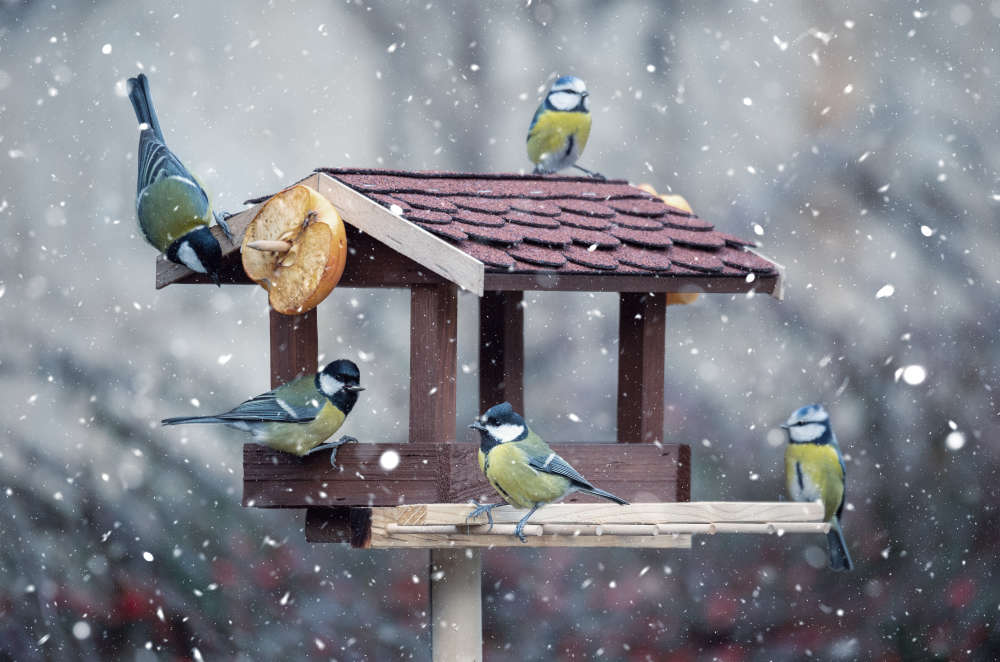
A lead ecologist at wildlife-attracting garden experts, BioScapes, offers tips on how to winterise your garden to boost wildlife — and our own wellbeing.
Getting close to wildlife brings us a whole range of benefits. Research has shown a close connection to the natural world improves our physical and mental health, builds concentration and productivity, and creates positive space to strengthen connection with others.
Making space for wildlife might look a little messy at times and might raise a neighbour’s eyebrow, but the benefits are great. The colour, buzz and vibrancy of nature brightens our world and we need to do all we can to create a positive future for all life on this planet. With the natural world under significant threat, there is much we can do in our gardens to help address the biodiversity crisis.
Terry Smithson’s top tips to help wildlife through winter while boosting our sense of wellbeing
- Spare us the cutter - keep dead heads and seeds
Tempting though it is, to cut back, trim and tidy during autumn, it is very beneficial to leave some areas to die back naturally, as wildlife often thrives in these untidy areas. Cutting back old vegetation also removes winter refuges - as leaves start to curl and dry out, they will create perfect little hiding places for many creatures trying to escape from hunting birds. Old seed heads can provide a bounty for seed eating beetles and birds. Earwigs love to squeeze into small crevices like broken stems or seed pods and will help gardeners by munching pests like aphids during the night.
- Provide artificial habitats - selecting the right bird box or hedgehog hotel
As our countryside and gardens become tidier, birds, bats, hedgehogs and other wildlife find it difficult to find refuge. Creating homes or placing artificial nesting sites will provide homes where these species can find refuge and bring up their young.
Though many creatures slow their metabolism through winter, only bats, dormice and hedgehogs actually hibernate. It is important to select the right nesting box and to make sure it is suitable for the species you want to encourage to hibernate in it. For a greater chance of success choose a box for animals you already see in your garden.
Body fat, gained through the summer and autumn, is essential if these animals are to survive the winter, as is a refuge with good protection from disturbance and a stable temperature. Hedgehogs will often crawl under sheds or decking if they cannot find more natural sites. A diversity of different plants and wild habitats in your garden will benefit hedgehogs, and the invertebrates they feed on.
If you only have a small garden, offering few options for creature habitats, BioScapes’ ‘WildPod’ wildlife-attracting garden planter is ideal to provide specifically designed habitats for a range of small animals and invertebrates.
- Love your long grass
Leaving areas of long grass and untamed borders will support small mammals and, in turn, create additional hunting areas for owls and even stoats or weasels. Long grass also provides important shelter for the larvae of butterflies and moths with some able to feed through the coldest times, sheltered under their roof of thatch.
Mice and voles rely on extensive burrow systems to provide some refuge from the weather and from predators. Extended above ground through long grass these runs will often contain a larder of collected seeds or cut leaves so that they can feed in relative safety.
- Scruff up your shrubs
Consider leaving some of your hedge uncut each year to encourage flowers and berries in the coming year. Berries are especially important so lush hedges and borders can provide vital food supplies. As the fruit of these shrubs are usually only born on the second year’s growth it is important not to cut them back every year. Try to delay cutting until late winter to give wildlife chance to eat the berries and by sitting back and watching, you can benefit from the brightness of the fruit and feathers against the drab winter colours.
- Create compost
If you do have to cut back overgrown shrubs and woody stems use this to create a log or brash pile in a wilder part of the garden. These habitat piles attract a wide range of beneficial animals, and creating them during autumn ensures that invertebrates, amphibians and hedgehogs can find them well before they go into hibernation. As these habitat piles and compost heaps break down through the autumn and winter they will provide a rich feeding ground for robins, blackbirds and hedgehogs.
- Ponds are perfect
Creating a wildlife pond, no matter how small, will quickly boost your garden ecosystem. Autumn is a great time to add a pond as dispersing animals are more likely to encounter it and return in the spring. Autumn showers will also top up your pond, helping it become established quickly.
If you already have a pond, Autumn is a great time to do a little maintenance. Most species will have finished breeding. Froglets and toadlets will have left the pond and insects will have laid their eggs in it. Aquatic plants will still be growing, making it easier to spot where cutting back dominant ones will encourage diversity. Carefully remove up to a third of the season’s growth to ensure plants and other pond life can come back strongly in spring
- Wildflowers - don’t reap what you sow
Let wildflowers run wild in your garden, and autumn is the best time to sow these seeds. Scatter cornfield flowers like corn marigold (Glebionis segetum) and red poppy (Papaver rhoeas). A diversity of different plants in the garden will ensure a wide range of different food sources and refuges for different animals. Encouraging native shrubs will add structure and colour and food and shelter for insects and birds. Hawthorn (Crataegus monogyna) and field rose (Rosa arvensis) produce bright red fruits to feed birds, mammals and insects throughout the winter and add cheer.
For more information go to www.bioscapes.co.uk

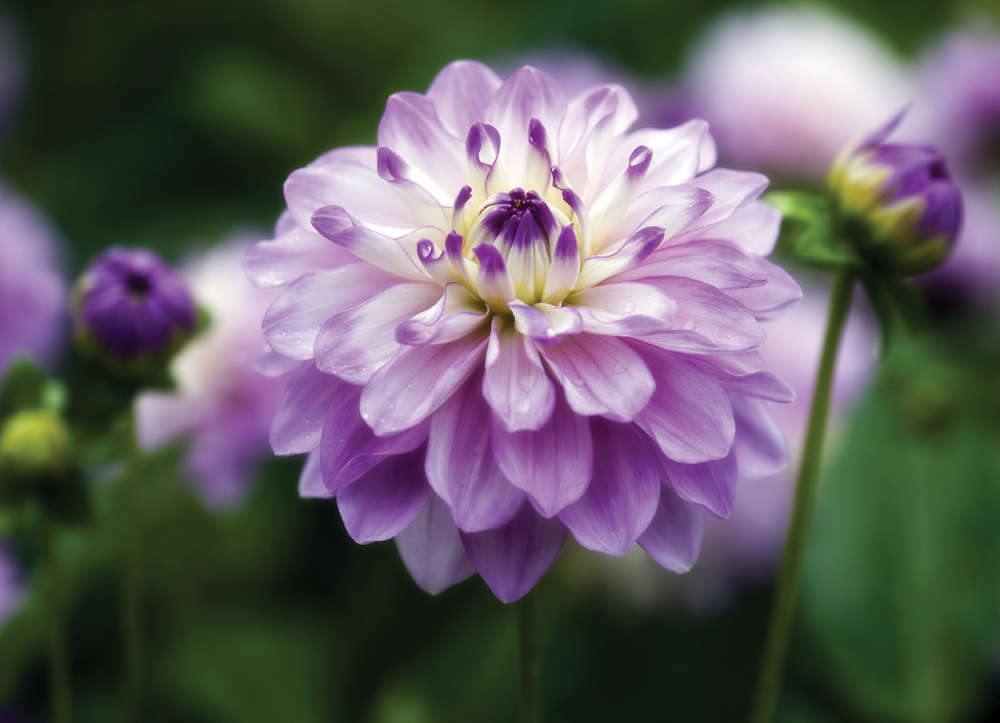 Blooming Times: Dahlia Mania
Blooming Times: Dahlia Mania
 How to Create 3D Walls in Your Home
How to Create 3D Walls in Your Home
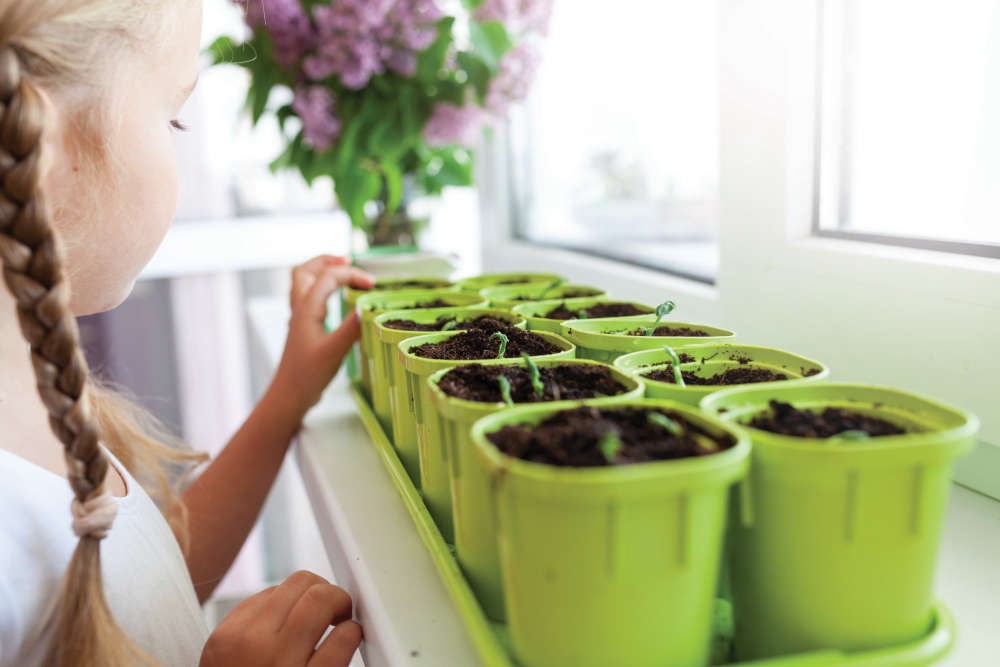 Blooming Times: Spring Fever
Blooming Times: Spring Fever
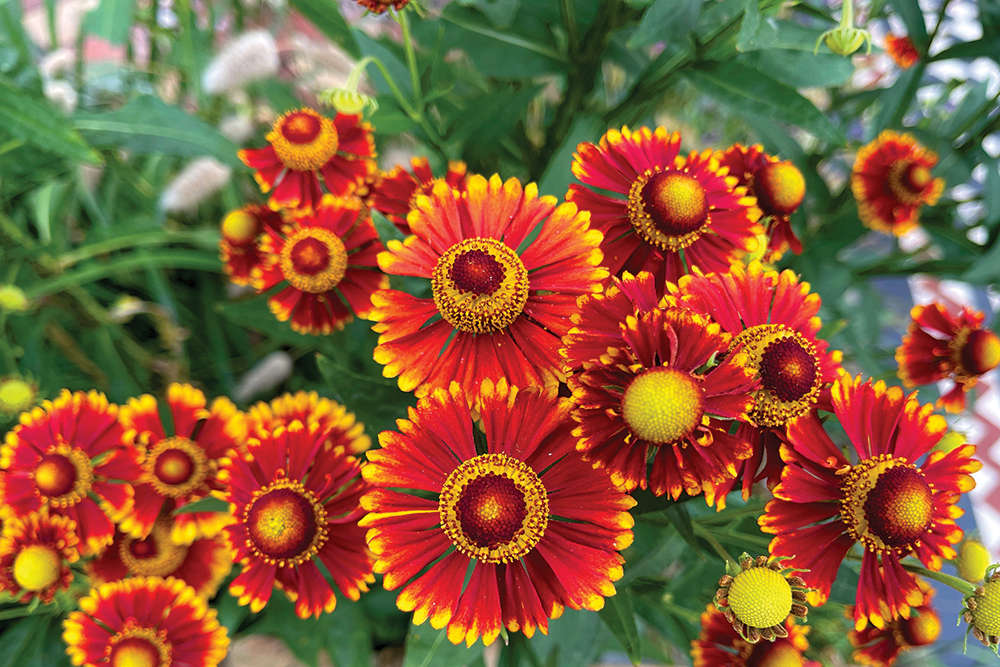 Blooming Times: What's in a Name?
Blooming Times: What's in a Name?
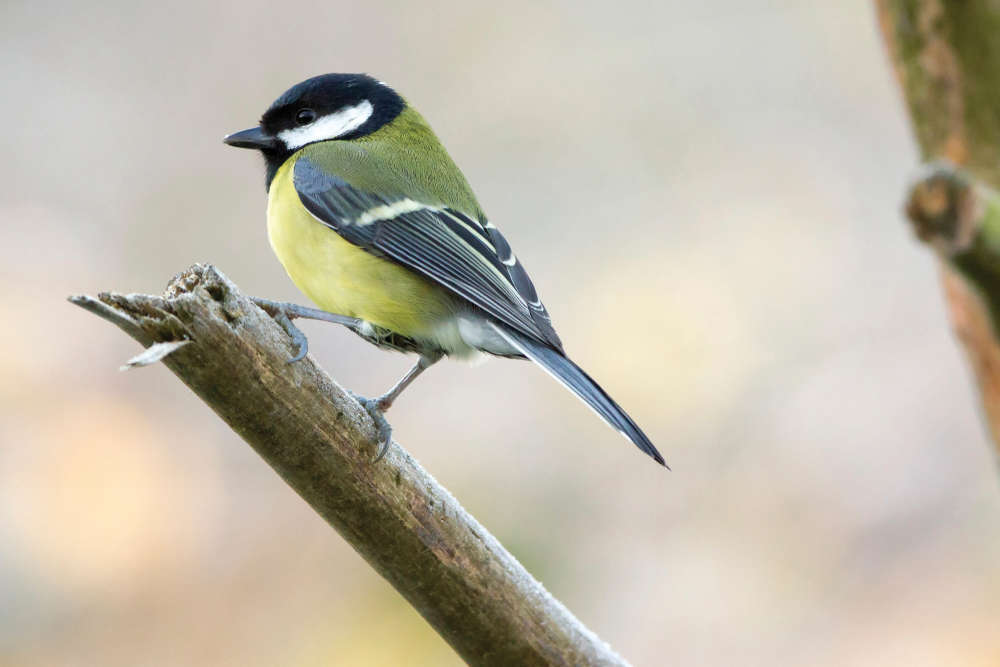 Top 10 Garden Birds to Spot on the Isle of Wight
Top 10 Garden Birds to Spot on the Isle of Wight
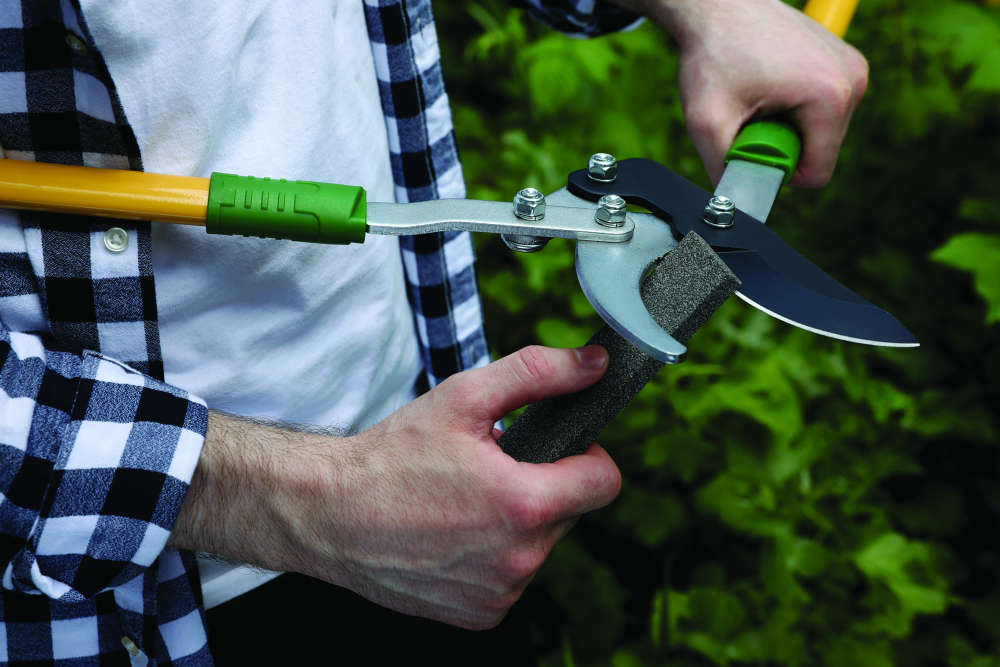 The Best Christmas Gifts for Gardeners
The Best Christmas Gifts for Gardeners
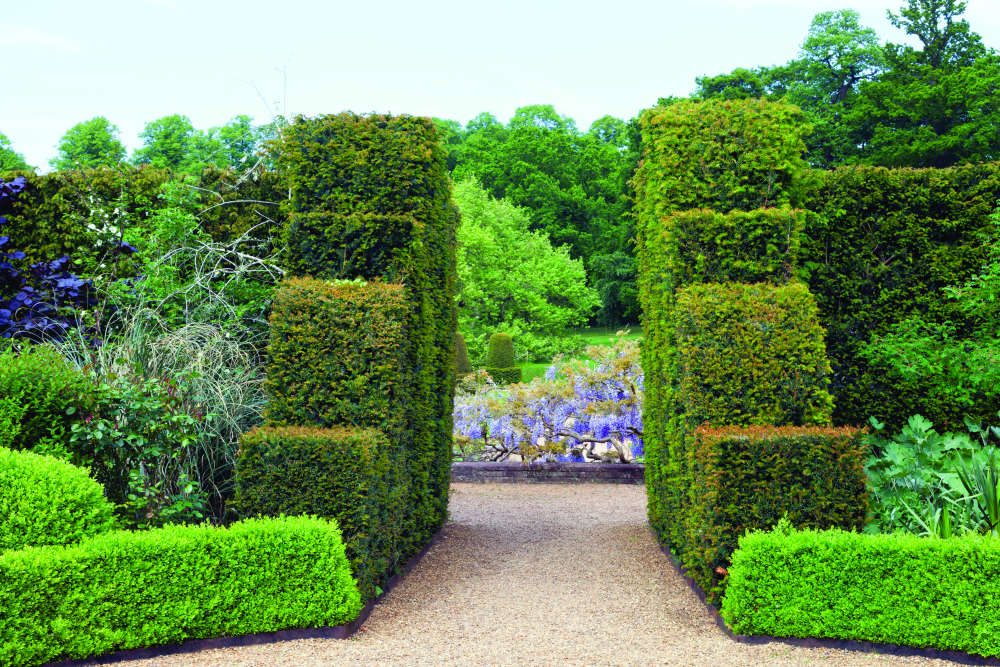 Gardening: The Benefits of Hedges
Gardening: The Benefits of Hedges
 How to Create a Happy Home Workspace
How to Create a Happy Home Workspace
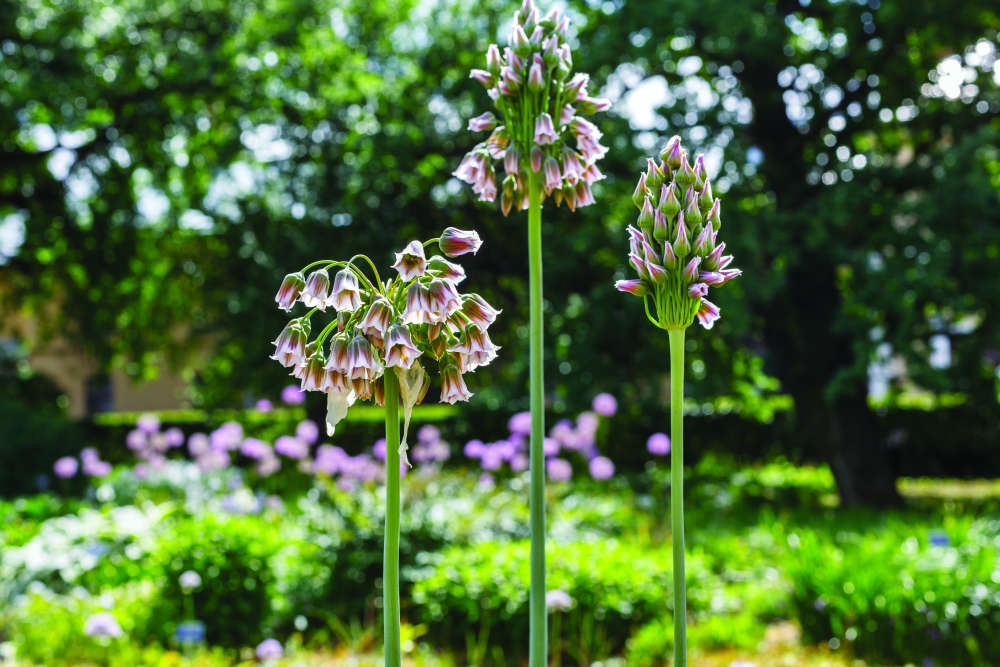 Now's the Time to Plant Alliums for a Spectacular Display Next Year
Now's the Time to Plant Alliums for a Spectacular Display Next Year
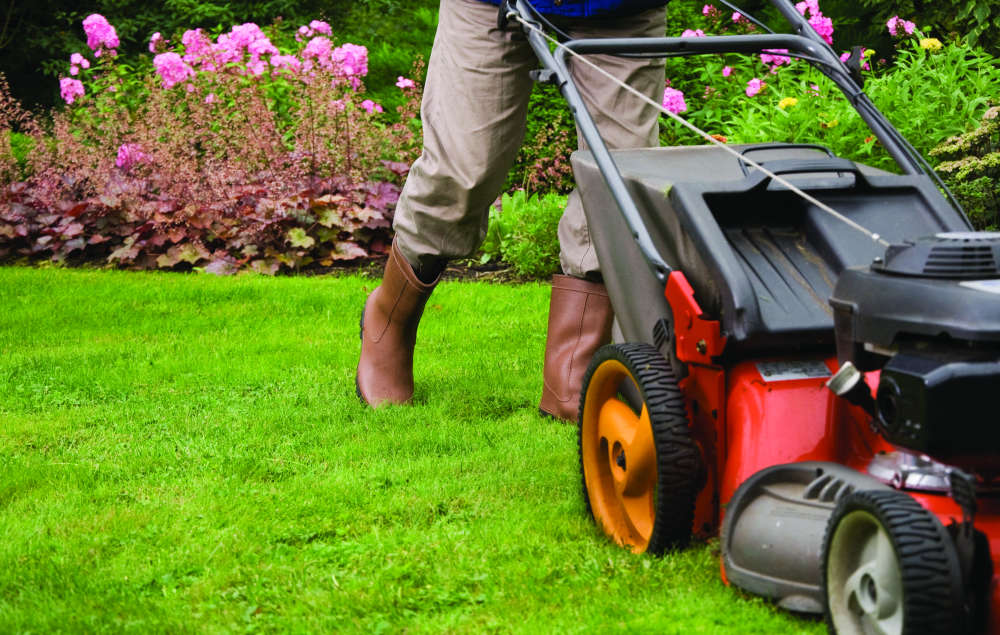 Gardening Facts or Fictions?!
Gardening Facts or Fictions?!
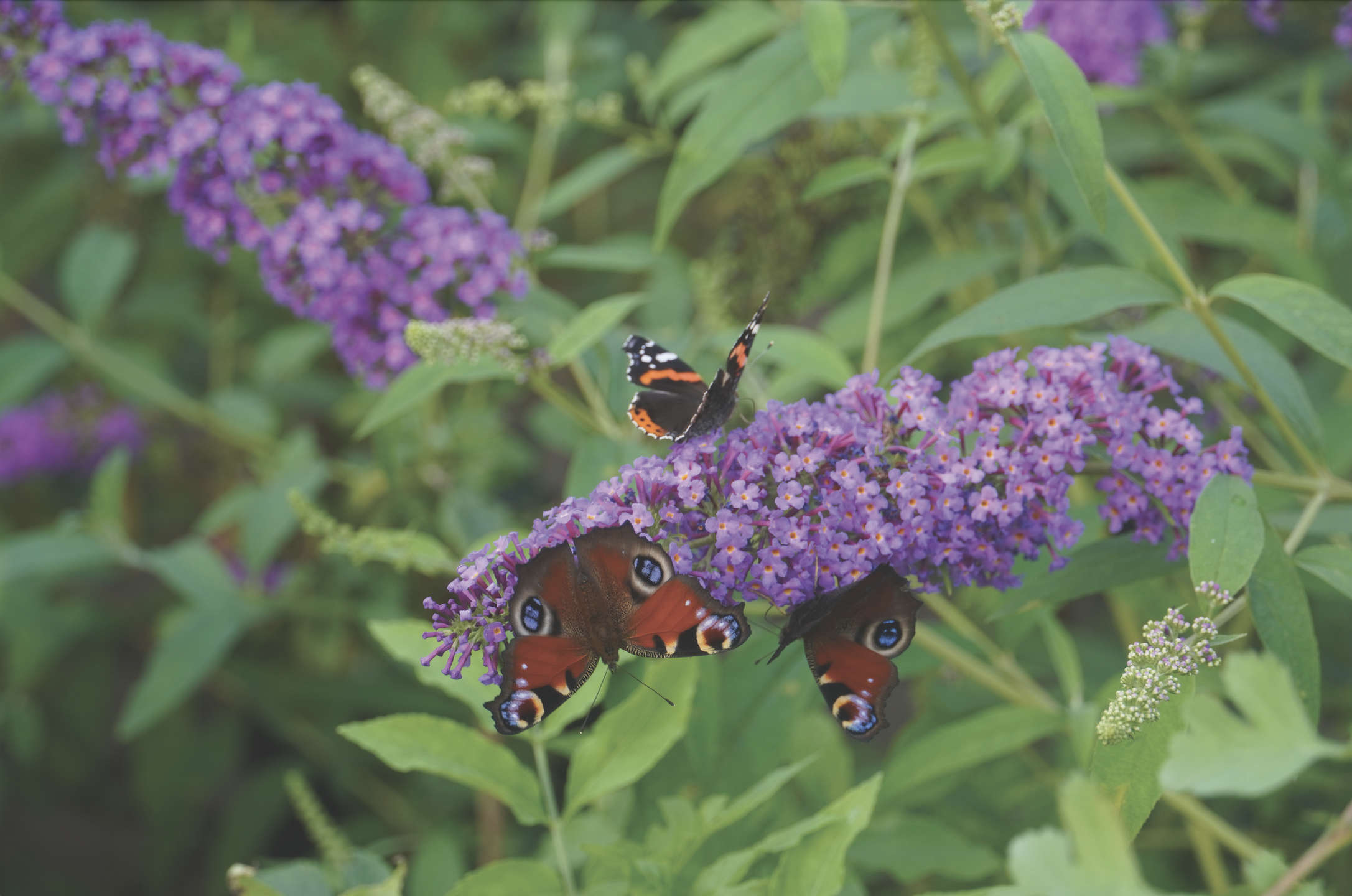 Fill The Gaps in Your Garden With Stunning Shrubs
Fill The Gaps in Your Garden With Stunning Shrubs
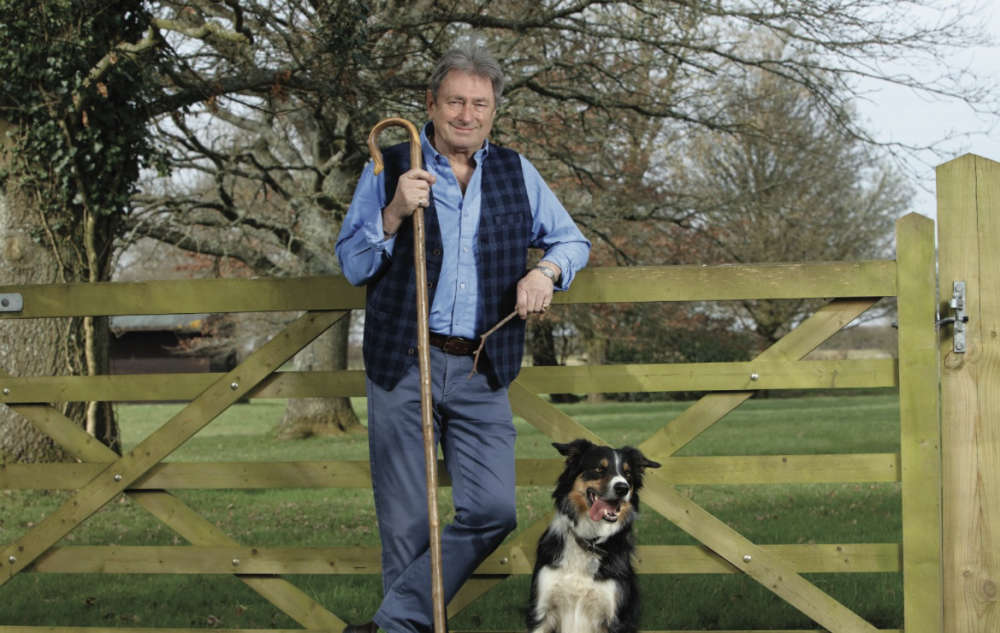 Summer in the Garden: The Alan Titchmarsh Column
Summer in the Garden: The Alan Titchmarsh Column
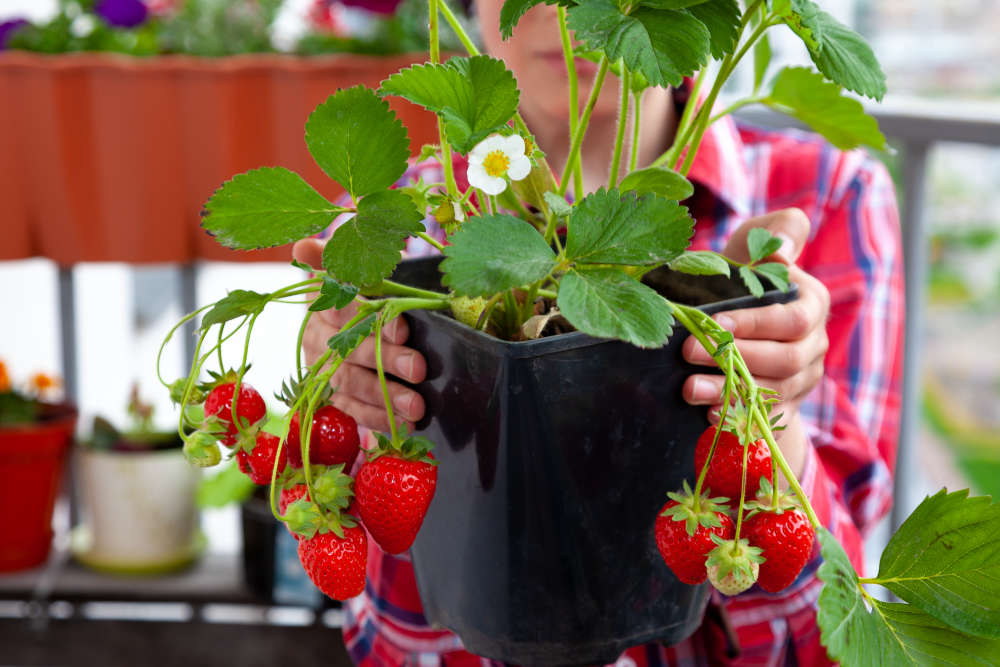 Grow Your Own Strawberries
Grow Your Own Strawberries
 How to Make a Garden Sofa Out of Pallets
How to Make a Garden Sofa Out of Pallets
 How to Create a Festive Garden
How to Create a Festive Garden
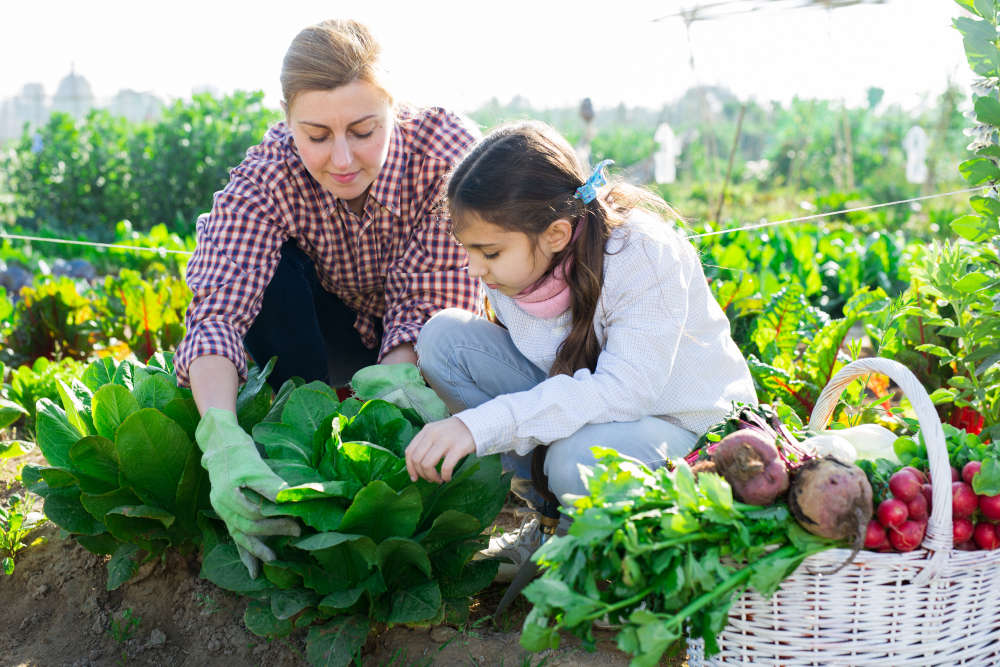 The Alan Titchmarsh Column: The Next Generation of Green-Fingered Gardeners
The Alan Titchmarsh Column: The Next Generation of Green-Fingered Gardeners
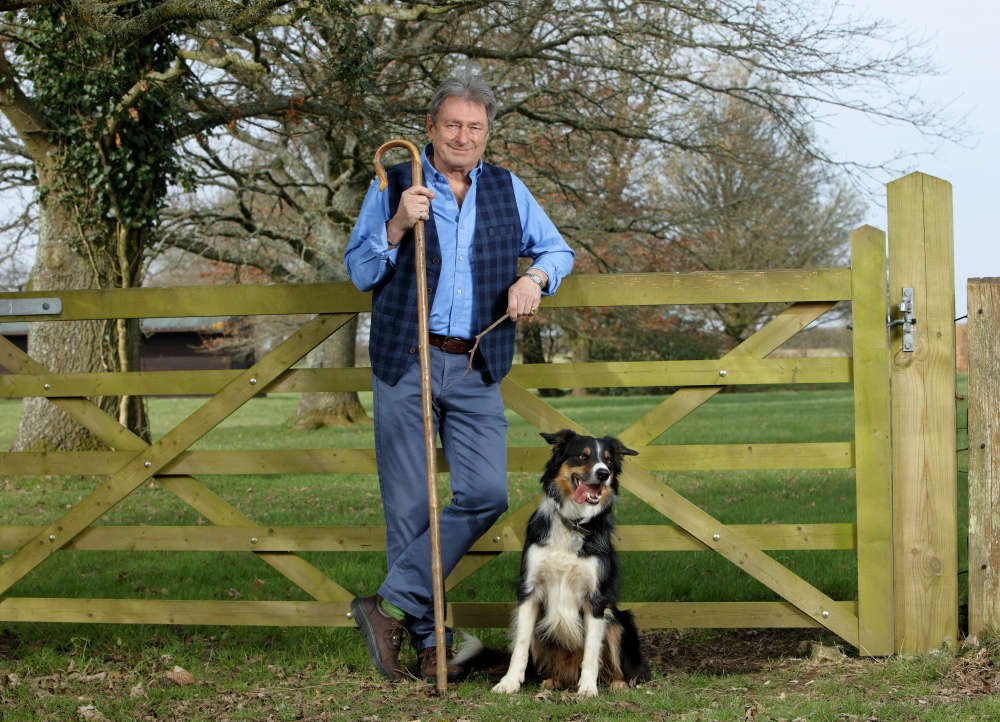 The Changing Seasons By Alan Titchmarsh
The Changing Seasons By Alan Titchmarsh
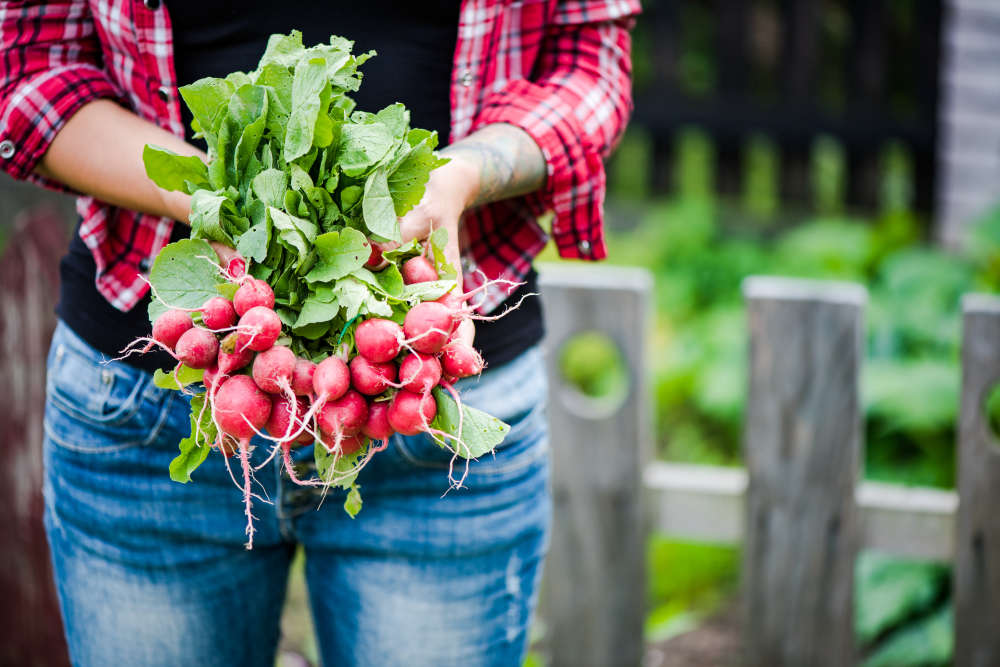 How to Grow Incredible Edibles
How to Grow Incredible Edibles
 Alan Titchmarsh Talks Of Common Mistakes Gardeners Make
Alan Titchmarsh Talks Of Common Mistakes Gardeners Make
 Why Many Plants Prefer Life In The Shade
Why Many Plants Prefer Life In The Shade